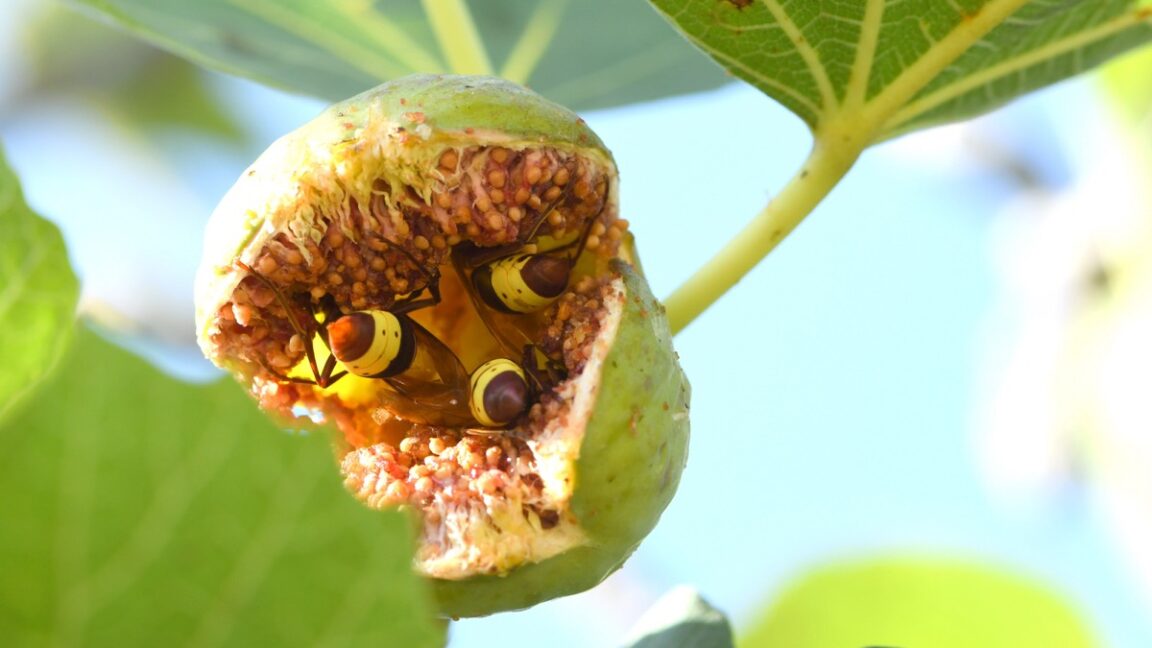
Many animals, including humans, have developed a taste for alcohol in one form or another, but excessive consumption often leads to adverse health consequences. One exception is the oriental wasp. According to a new paper published in the Proceedings of the National Academy of Sciences, these wasps can guzzle seemingly unlimited amounts of ethanol regularly and in very high concentrations without ill effects – even while intoxicated. They virtually drank the honey bees used in the same experiments under the table.
“As far as we know, eastern hornets are the only animal in nature that is adapted to consuming alcohol as a metabolic fuel,” said co-author Eran Levin of Tel Aviv University. “They show no signs of intoxication or illness, even after chronic examination. they consume enormous amounts of alcohol, and they eliminate it from their bodies very quickly.”
According to Levin et al., there is a 'drunk monkey' theory that predicts that certain animals that are well adapted to low concentrations of ethanol in their diet will still experience side effects at higher concentrations. Studies have shown that tree shrews, for example, can handle concentrations of up to 3.8 percent, but under laboratory conditions, if they consumed ethanol at concentrations of 10 percent or higher, they were susceptible to liver damage.
Likewise, fruit flies are fine at concentrations up to 4 percent, but have higher mortality rates above that range. They are certainly capable of drinking more: fruit flies can consume half their body volume in 15 percent (30 proof) alcohol each day. Even adding bitter quinine to the ethanol doesn't slow them down. Granted, they have super fast metabolisms – the better they can burn off the booze – but they can still get drunk. And fruit flies vary in their tolerance to alcohol depending on their genetic makeup – that is, how quickly their bodies adapt to the ethanol, requiring them to inhale more and more of it to achieve the same physical effects, just like humans.

